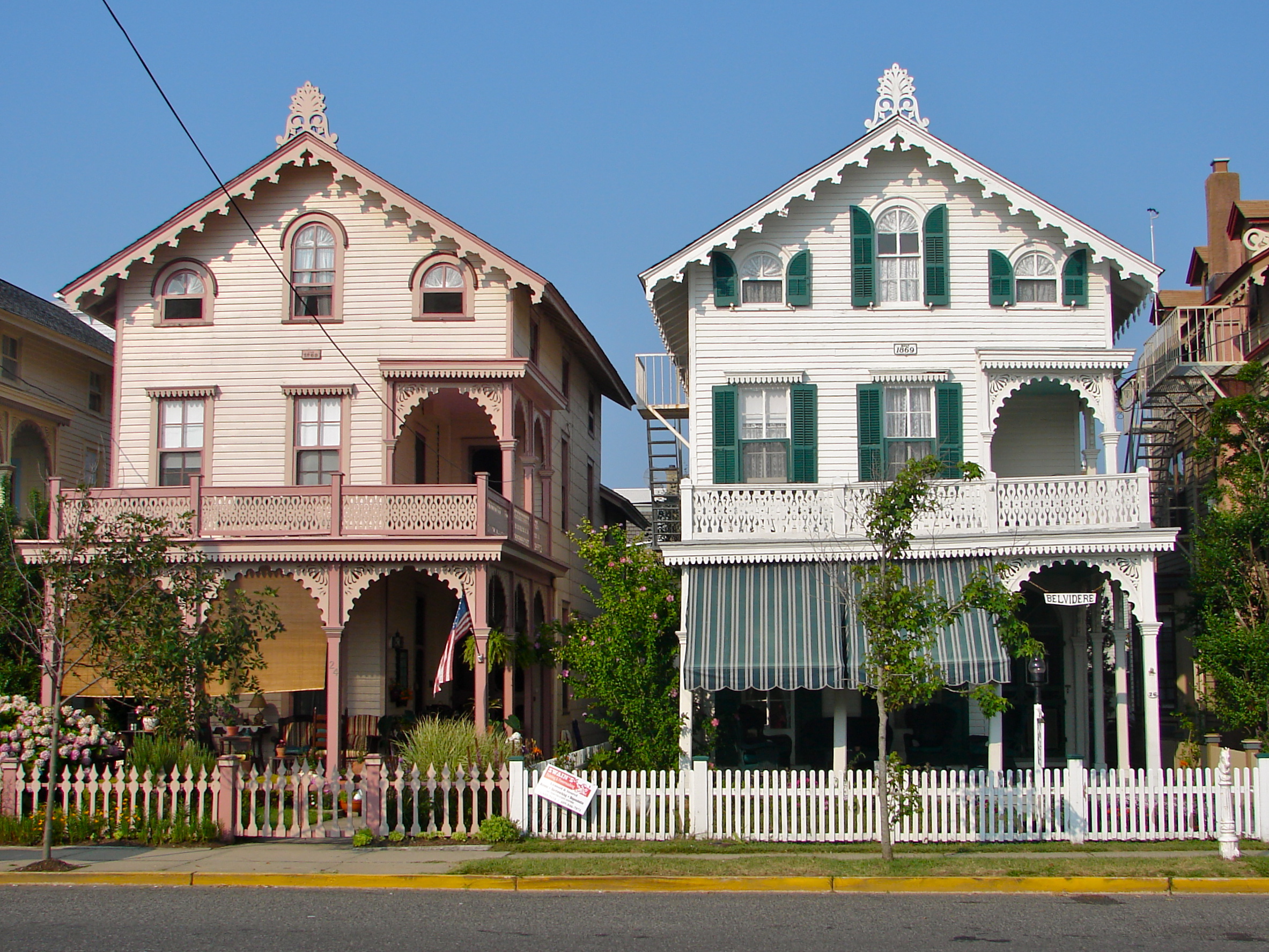Do You Know Why Cookie Cutter Houses Are Popular?
When you imagine a suburban landscape you're likely to think of houses that have identical appearances with their freshly manicured green lawns and bright white picket fences. This type of development is known as Tract housing (aka Cookie Cutter Housing) and has become synonymous with the basis of suburbia.
image © Wiki Commons
One of the reasons why tract housing has became popularized is because once a design has been made, it's easier for developers to mimic it and costs less than building a customized house. According to Ed Hudson, director of Marketing Research for the Home Innovation Research Labs, a subsidiary of the National Association of Home Builders (NAHB), "all things being equal, it commonly costs 20 percent to 30 percent more for a custom home than for a new production home." this makes the cost for developers greater and ultimately befalls onto the homeowner looking to buy.
image © Wiki Commons
This is why the price of tract housing is typically alluring for homeowners. The lack of customization available, however, is one of it's hindering factors for purchasing. Though tenants can customize their exterior finishes easily by choosing their own paint colours or siding, the actual amount of customization for these homes is limited if they are opting to purchase a base model.
image © Wiki Commons
With a base model in a development owned by one company, it's highly likely that you'd be able to enter multiple homes on the street and find the bathroom and kitchen effortlessly due to the uniform house plans of the block. The identical floor plan is used because it allows developers to accurately predict the amount of materials they'll need to complete future houses and gives them an opportunity to order their materials in bulk from a supplier.
image © Wiki Commons
From a developer perspective, tract housing is attractive because of the partnership opportunities that can eventually lead to reduced costs. According to How Stuff Works "many of the firms either own or form partnerships with certain supply companies. So, all the windows come from one place, all the doors from another and so on." Over time, this partnership leads to decreased costs for the developer and an unparalleled consistency between the homes in the neighbourhood.
image © Wiki Commons
Another reason why tract housing has remained popular is because of it's reduction in construction waste. The Construction Materials Recycling Association reports that "construction and demolition waste are the largest sources of trash in the United States with 325 million tons of recoverable construction debris generated in the United States each year."
image © Wiki Commons
Though the homes benefit developers and reduce construction waste, the issue with this housing, however, is individuals are now rejecting the uniformity of the developments and preferring diversification. According to Business Insider, "many of the original buyers of cookie-cutter houses were young couples and families who were part of the growing postwar middle class." but since the demographics of the housing market are changing, so are their demands. This isn't to say that the uniforms houses will disappear in fact they will remain popular - it just means tenants that reside in them are going to be more varied.
cover image © Wiki Commons
















